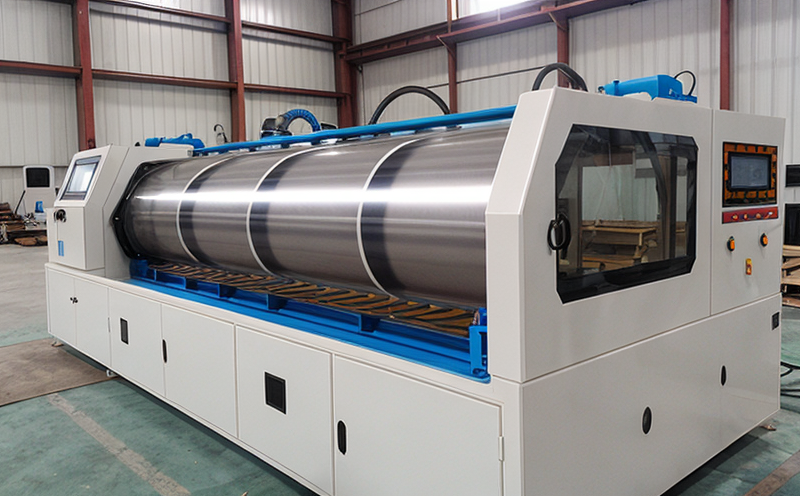ASTM D3330 Peel adhesion of laminated fabrics
The ASTM D3330 peel adhesion test is a critical procedure used in the textile industry to evaluate the cohesive strength and bond integrity between layers of materials, particularly focusing on coated or laminated fabrics. This service ensures that the adhesive bonds within these composite structures are robust enough to withstand various environmental conditions and mechanical stresses without compromising performance.
The peel adhesion test is essential for quality control in sectors such as automotive, aerospace, and consumer goods manufacturing where durability and reliability are paramount. The test involves peeling one layer of a laminated fabric sample from another at a specified angle and speed to measure the force required to separate them. This force is indicative of the bond strength between layers.
The ASTM D3330 method is widely recognized for its accuracy in assessing peel adhesion, making it an indispensable tool for material scientists, quality assurance personnel, and R&D engineers working with composite textiles. By understanding the peel adhesion properties, manufacturers can optimize their processes to ensure that the final products meet stringent industry standards.
The test setup typically includes a specialized testing machine equipped with grips capable of applying controlled peeling forces. Specimens are cut from larger rolls or sheets according to specified dimensions and orientations. The specimens are then mounted in the machine, and the peel adhesion is measured by gradually separating the layers at a defined angle.
The results of this test provide valuable insights into the bond strength between different layers of materials used in laminated fabrics. These insights help manufacturers identify potential issues early in the development process, ensuring that any weaknesses are addressed before production begins. The peel adhesion test is crucial for maintaining product quality and reliability, which translates directly to customer satisfaction and market competitiveness.
Understanding the factors influencing peel adhesion is also important. Variables such as temperature, humidity, adhesive type, and surface preparation can significantly affect the outcome of the test. By controlling these variables, laboratories like ours ensure consistent and reliable results that accurately reflect the performance of the laminated fabrics under real-world conditions.
- Industry Applications: Automotive interiors, aerospace seating, medical devices, protective clothing, insulation materials.
- Quality and Reliability Assurance: Ensuring that coated or laminated fabrics meet stringent industry standards; identifying potential weaknesses in the bonding process; providing data for continuous improvement of manufacturing processes.





